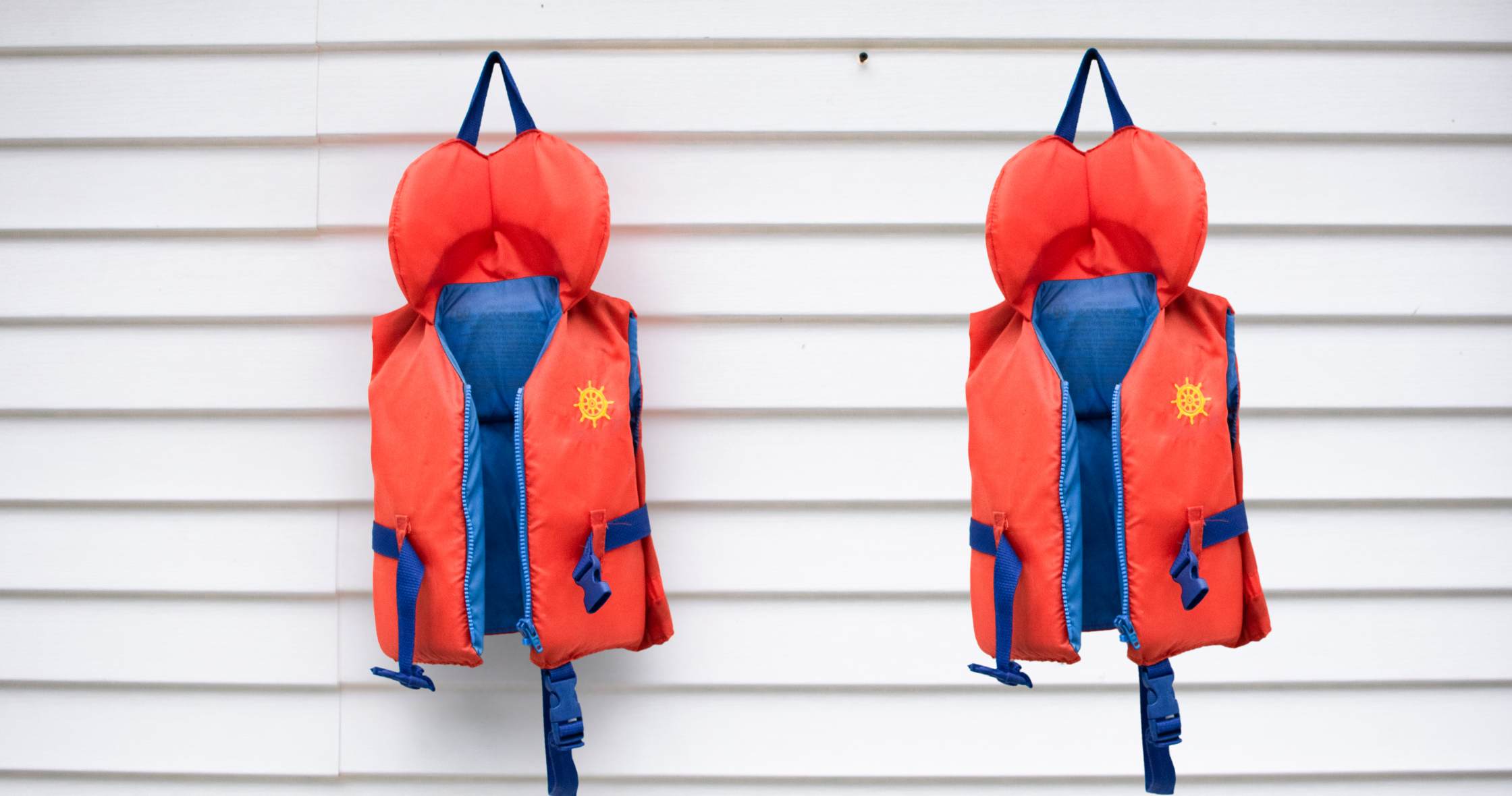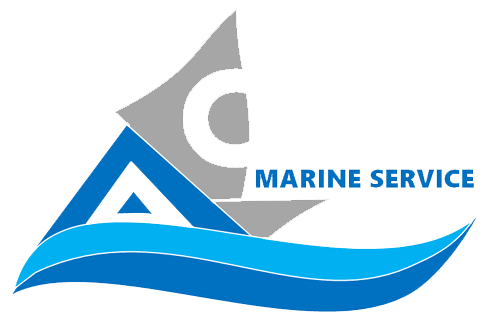
- by admin
- 0
- Posted on
Recognize the Functions of Life Jackets in Maritime Safety
A life jacket is the primary lifesaving device at sea that should not be underestimated. Its presence is mandatory on every vessel, but even more important is the awareness of its use by every individual. Compliance with SOLAS standards and national regulations (BKI, the Ministry of Transportation, and the Directorate General of Sea Transportation) is key to reducing the number of maritime accidents and saving lives in Indonesian waters.
A life jacket or buoyancy aid is one part of the safety equipment preparations that must be fulfilled on a ship before it departs or sails.
Every crew member and passenger must have this device and must know how to use it correctly. Furthermore, this device must also be stored in a place that is easily accessible and visible to crew and passengers.
The life jacket is one of the most crucial safety devices in maritime activities such as shipping, fishing, water sports, etc. This device is designed or made to help a person stay afloat in the water if an accident occurs at sea or on a river.
Functions of Life Jacket
The function of a Life Jacket / Life Vest / Buoyancy Aid is as a rescue device used to float on the water to prevent drowning when we are in the water. This typically happens during an emergency situation that requires crew and passengers to abandon the ship they are on.
This device is one type of Life Saving Appliances (LSA) that must be present on every ship because it is a requirement of safety standards. Here are other functions of a Life Jacket:
-
A device to keep the body afloat in water to prevent drowning when in deep water.
-
A mandatory rescue device that must be worn during an emergency / perilous situation on a sailing ship.
-
A device that can facilitate rescue teams in promptly assisting victims who are already wearing this device, as it has a very striking and bright color.
-
In addition, the equipment on the life jacket can also be used to send signals to request help.
Life Jacket Requirements
The requirements and specifications for Life Jackets on ships according to SOLAS include:
-
Every life jacket must be equipped with a whistle attached securely.
-
Must have a light that functions normally and activates automatically upon contact with water.
-
The Life Jacket must be equipped with a Buoyant Line that can be used to link with other victims at sea, aiming to prevent them from being separated and scattered, thus enabling them to survive together.
-
The Life Jacket must be made of material that is not easily flammable and does not melt when exposed to fire for approximately 5 seconds.
-
When used to jump from a minimum height of 4.5 meters above the water surface, the life jacket must not cause injury to the wearer nor damage to the life jacket itself.
-
The life jacket must have strong buoyancy, not decreasing by less than 5% after 24 hours of use in water or on the water surface.
-
Must be placed in a safe location, easily visible, and easily accessible by the ship’s crew and passengers.
-
Every crew cabin on the ship must be equipped with this device according to the number of people in the ship’s cabin.
-
Its storage place must be clearly marked with an IMO symbol so that crew and passengers can easily find it.
Education for passengers and crew is also important so they understand how to wear and fasten the life jacket correctly, as a small mistake can have fatal consequences during an emergency.
Many maritime accidents in Indonesia show a low awareness of life jacket usage. According to data from the KNKT (National Transportation Safety Committee) and Basarnas (National Search and Rescue Agency), some victims of maritime accidents died not from drowning directly, but from not wearing a life jacket even though it was available. Therefore, oversight and socialization of maritime safety must be strengthened, especially on public vessels, fishing boats, and tourist boats.
